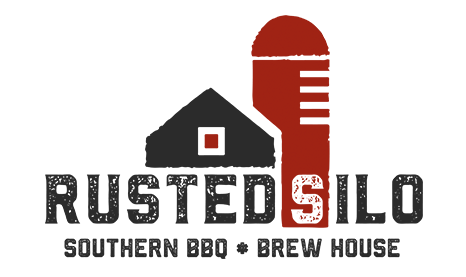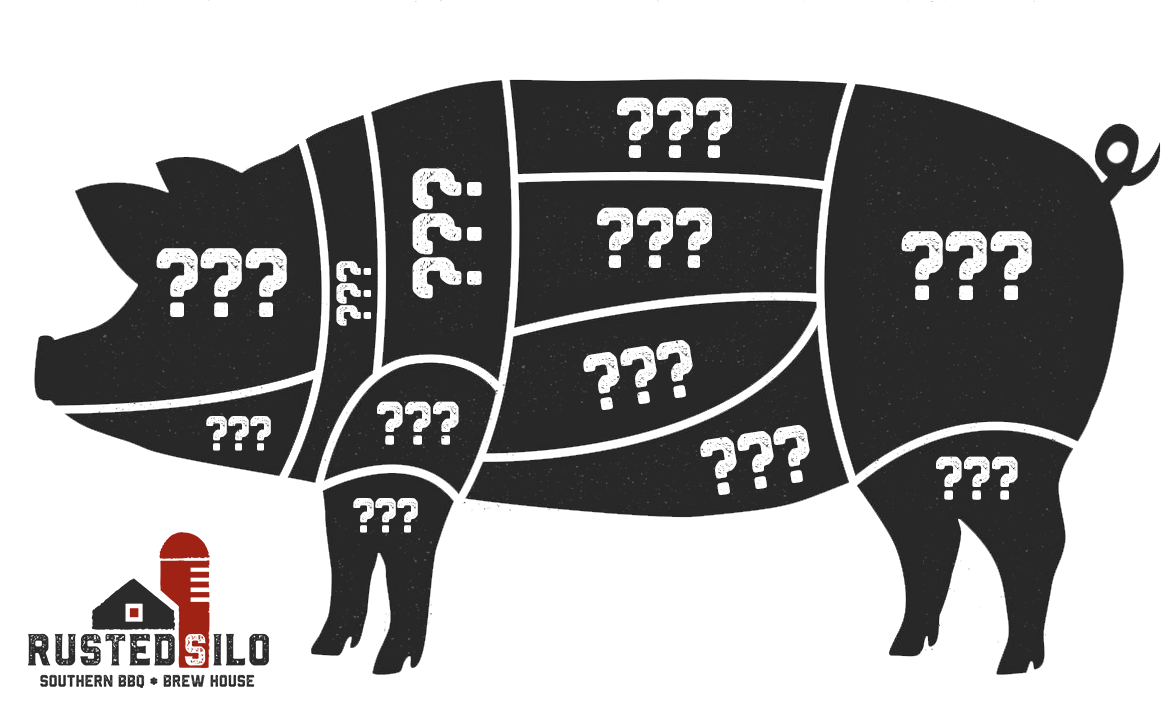Find out if your pork knowledge reigns supreme! Rusted Silo BBQ + Brewhouse present Do you know your Pork Cuts!.
What is this cut?
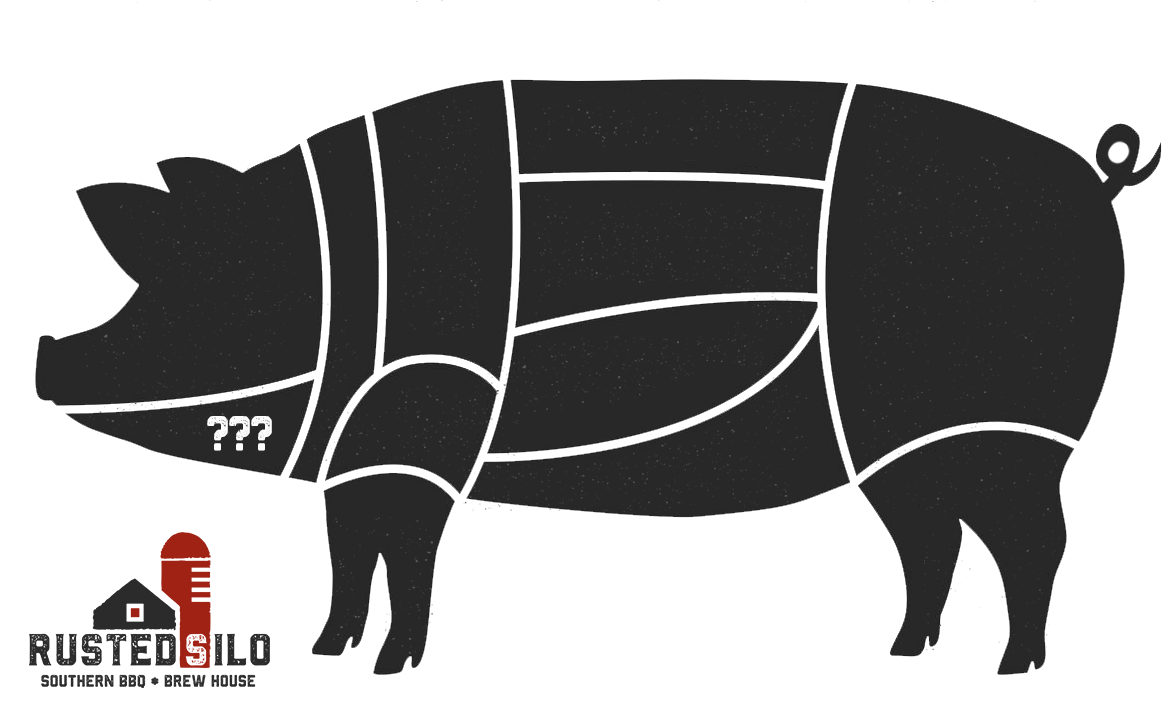
Jowl
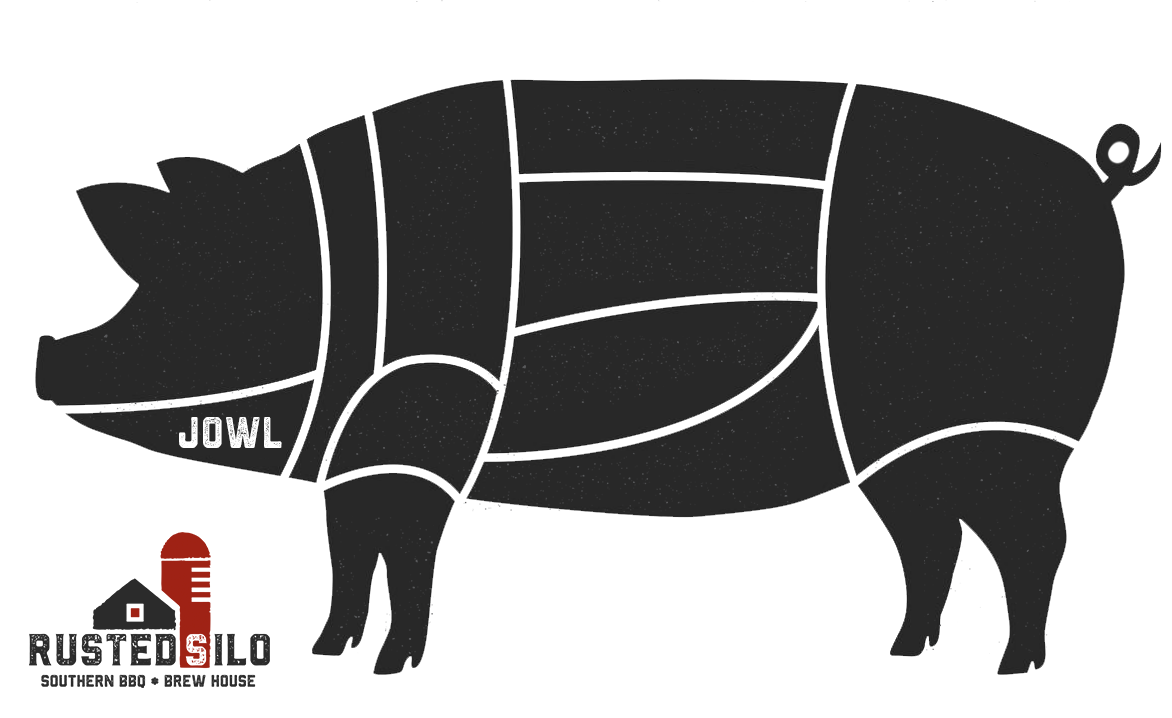
Pork Jowl is a cut of pork from the head of the pig's cheek. Different food traditions have used it as a fresh cut or as a cured pork product (with smoke and/or curing salt). As a cured and smoked meat in America is called jowl bacon or, especially in the Southern United States, or hog jowl.
How about this one?
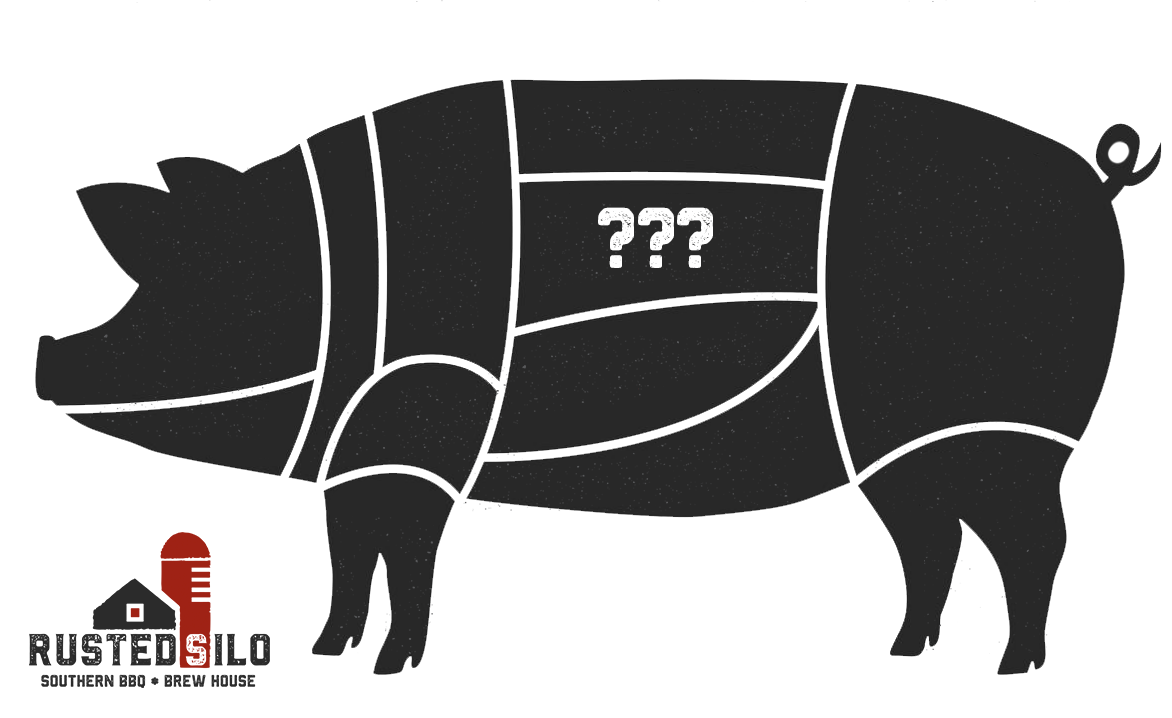
Loin
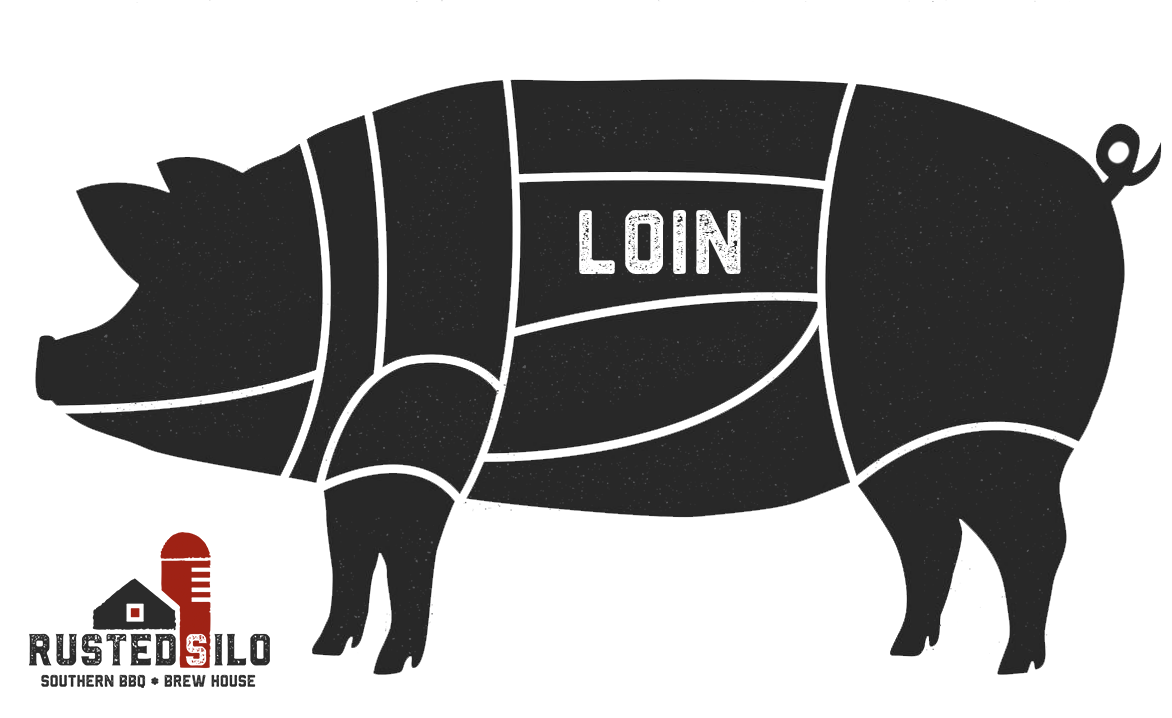
Pork loin is a cut of meat from a pig, created from the tissue along the dorsal side of the rib cage.
You may know it from these specific uses!
Pork loin may be cut into individual servings, as chops (bone in) or steaks (boneless) which are grilled, baked or fried.
A pork loin joint or pork loin roast is a larger section of the loin which is roasted. It can take two forms: 'bone in', which still has the loin ribs attached, or 'boneless', which is often tied with butchers string to prevent the roast from falling apart. Pork rind may be added to the fat side of the joint to give a desirable crackling which the loin otherwise lacks.
Loin can also be cured to make back bacon, which is particularly popular in the United Kingdom and Canada; in the U.S., this is called "Canadian bacon" to distinguish it from the usual U.S.-style streaky bacon.
Lonzino is a type of Salumi made in Italy from curing pork loin. It is distinct from cured tenderloin which is known as Lonza.
What about this crowd pleaser?
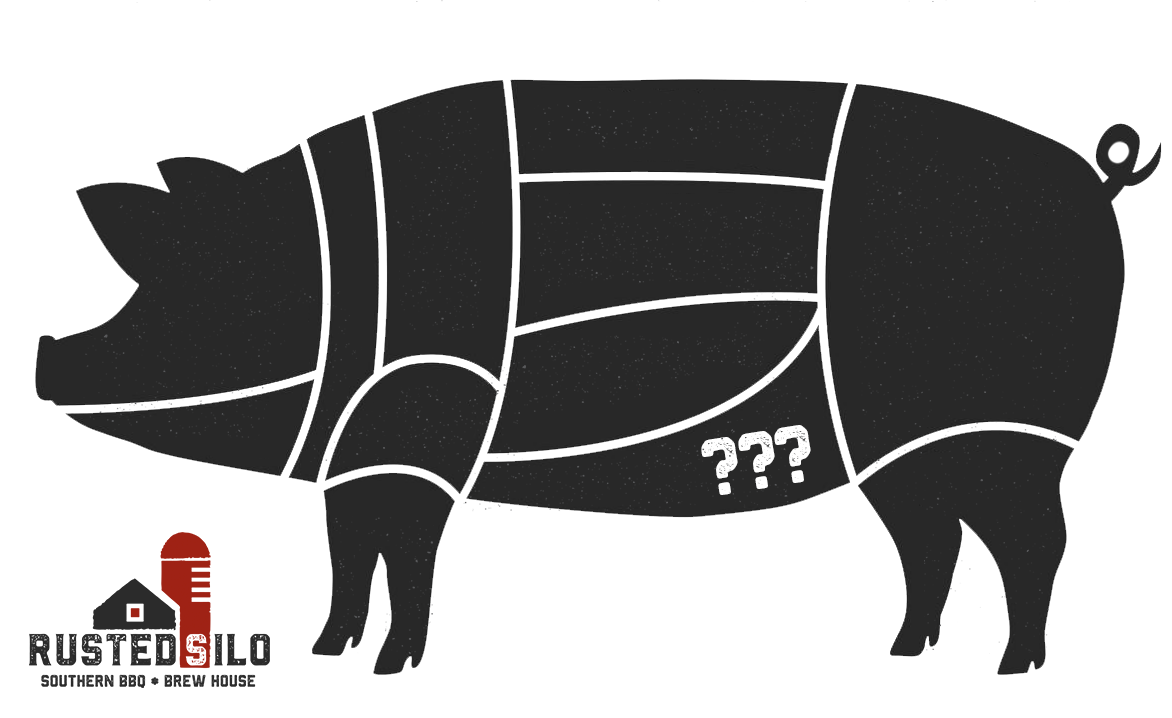
Bacon
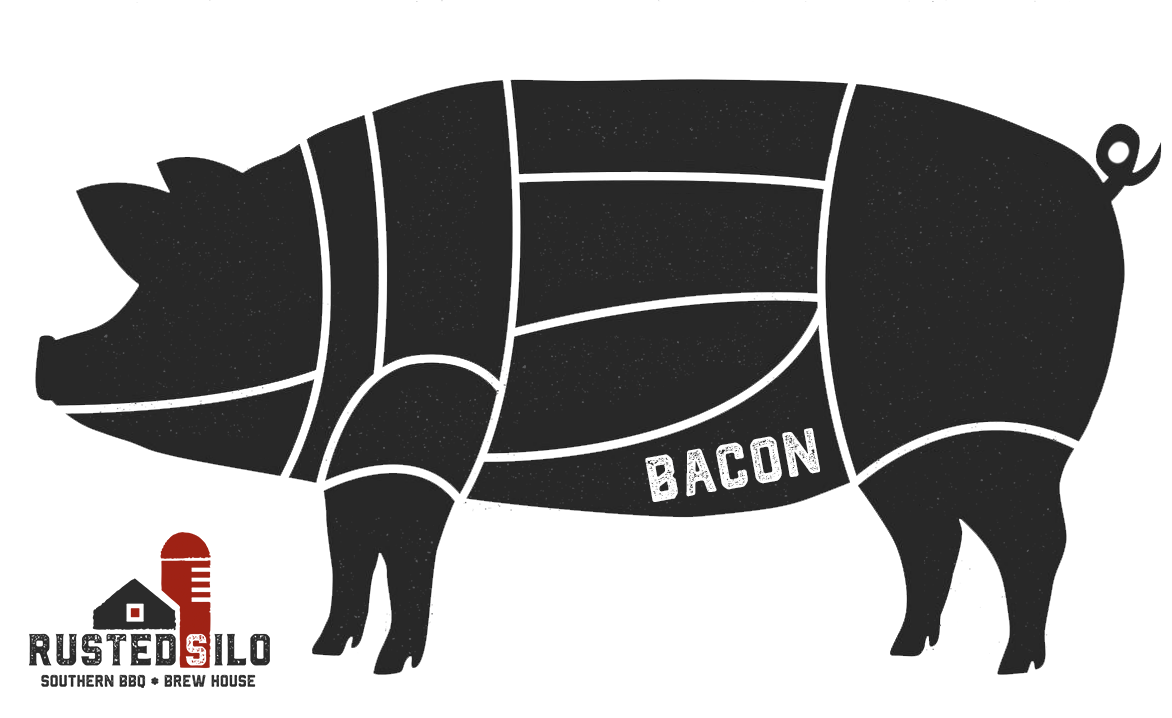
Bacon is a type of salt-cured pork. Bacon is prepared from several different cuts of meat, typically from the pork belly or from back cuts, which have less fat than the belly. It is eaten on its own, as a side dish (particularly in breakfasts), or used as a minor ingredient to flavour dishes (e.g., the club sandwich).
Meat from other animals, such as beef, lamb, chicken, goat, or turkey, may also be cut, cured, or otherwise prepared to resemble bacon, and may even be referred to as, for example, "turkey bacon".
How bout this?
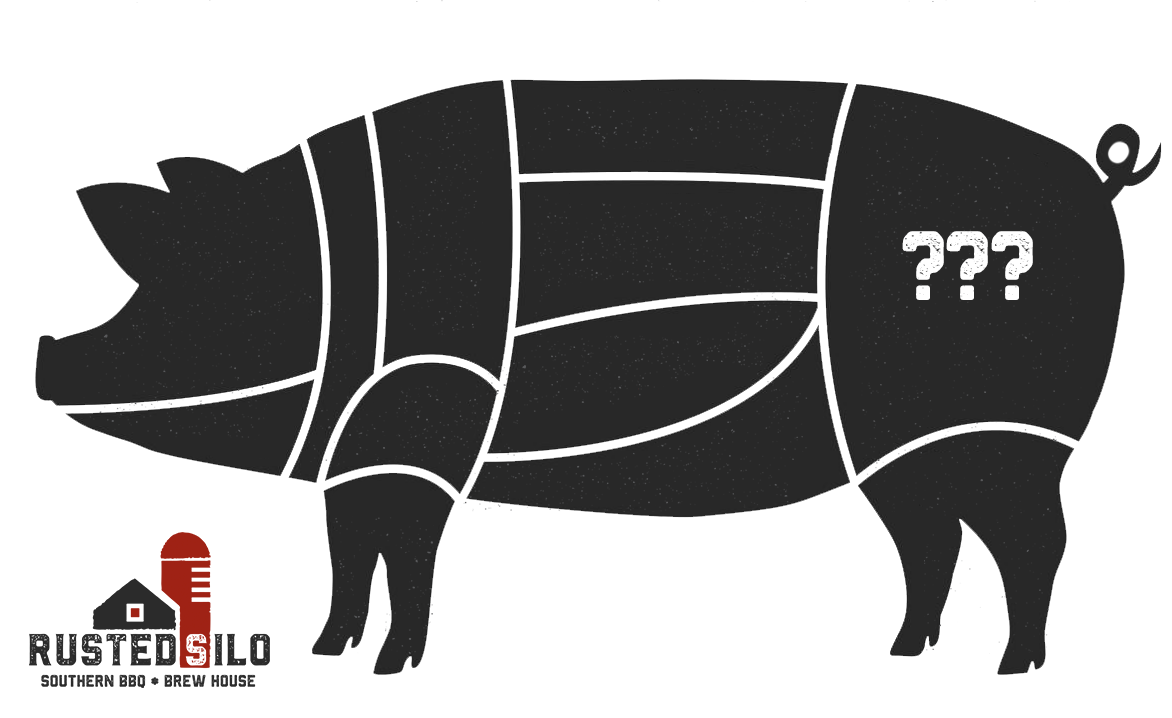
Leg Ham
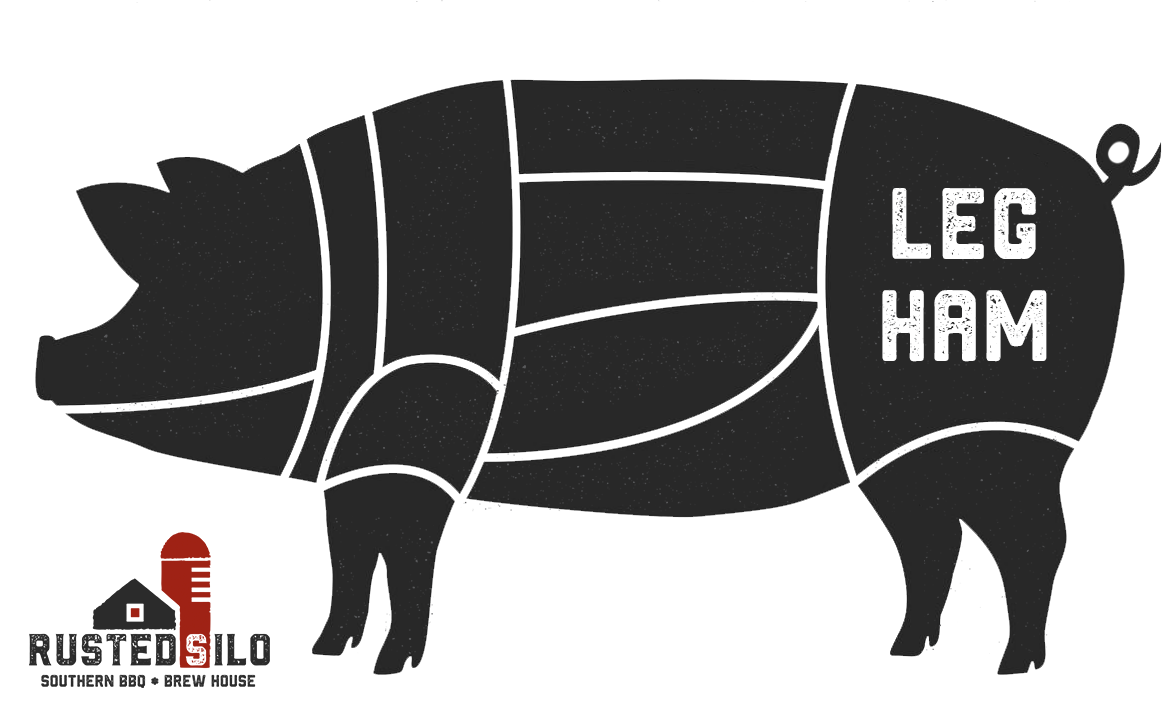
Ham is pork from a leg cut that has been preserved by wet or dry curing, with or without smoking. As a processed meat, the term "ham" includes both whole cuts of meat and ones that have been mechanically formed.
Ham is made around the world, including a number of regional specialties, such as Westphalian ham and some varieties of Spanish jamón. In addition, numerous ham products have specific geographical naming protection, such as prosciutto di Parma in Europe, and Smithfield ham in the US.
Keep on going!

Neck
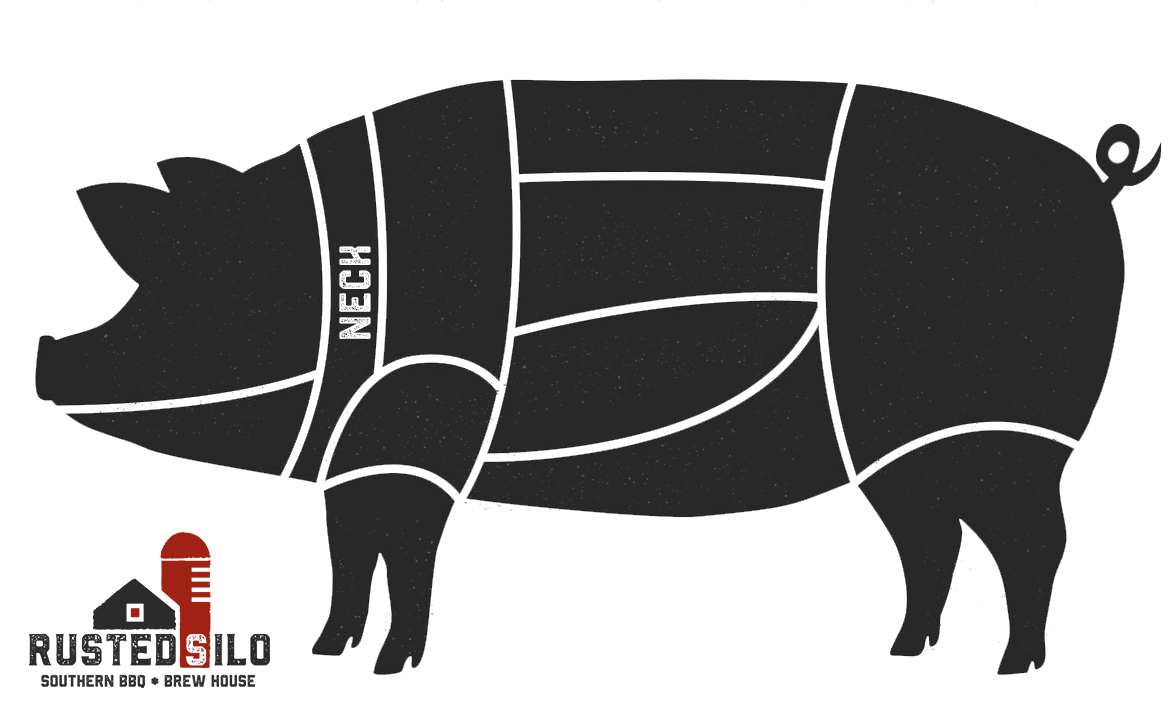
The Pork Neck is immediately behind the pig’s head, has a dark pink colour, is nicely marbled throughout and has no fat or skin on top. The pork neck is never dry and is extremely tasty. It is ideal for slow cooking, when the pork is cooked at a very low temperature for a long period of time to produce a lovely pink succulent meat with a silky soft texture.
What do we have here?
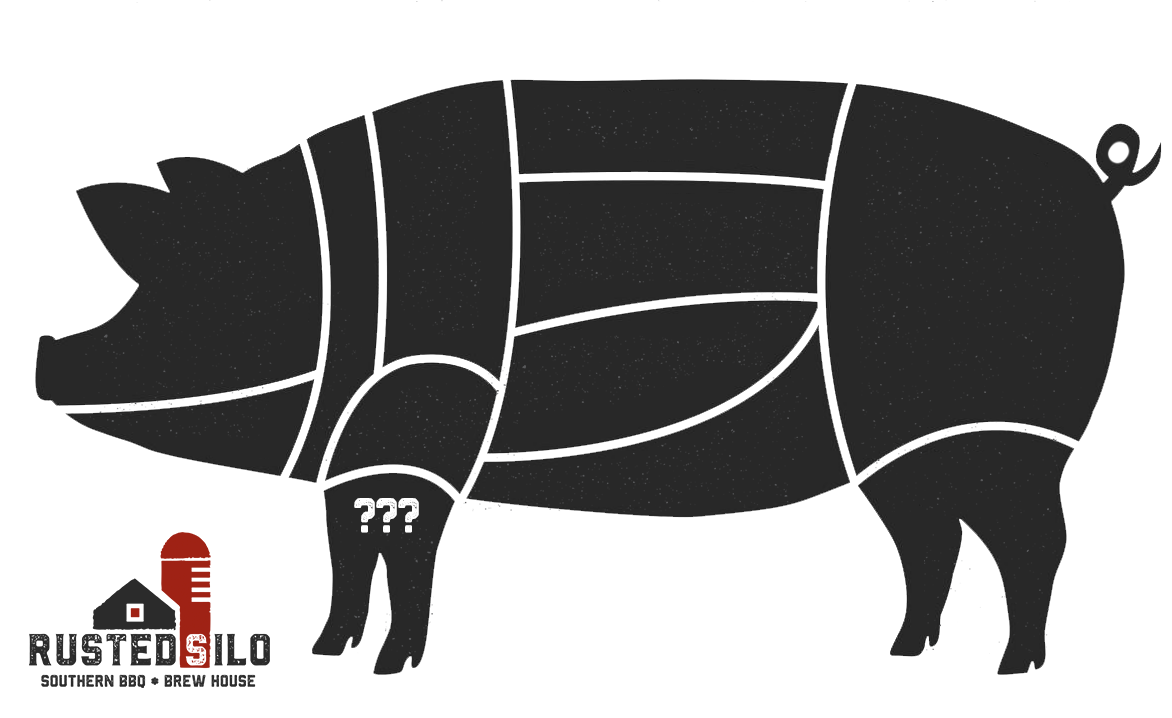
Hock
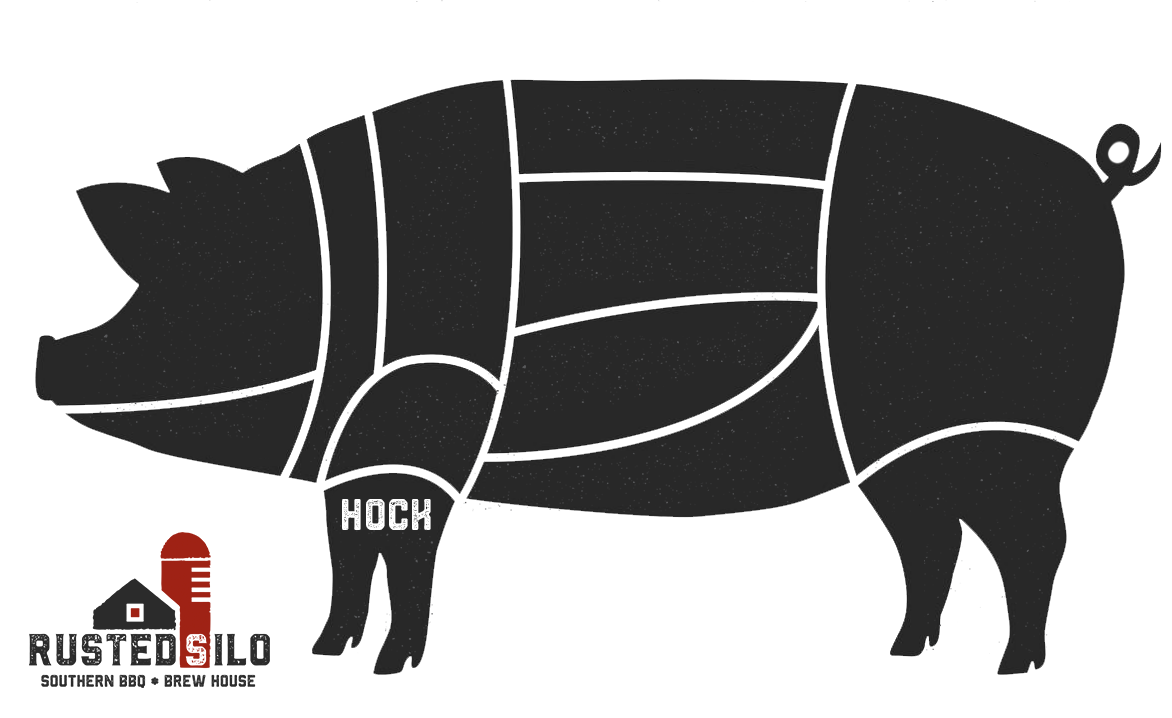
A ham hock (or hough) or pork knuckle is the joint between the tibia/fibula and the metatarsals of the foot of a pig, where the foot was attached to the hog's leg. It is the portion of the leg that is neither part of the ham proper nor the ankle or foot (trotter), but rather the extreme shank end of the leg bone.
I want my....
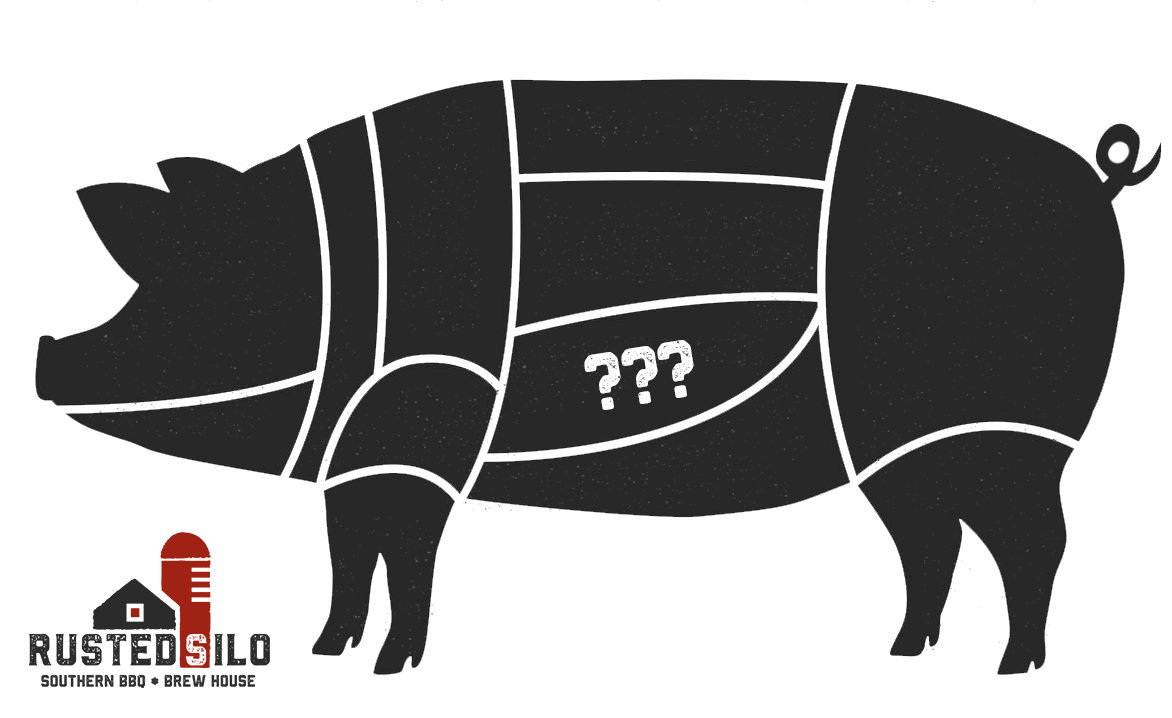
Ribs
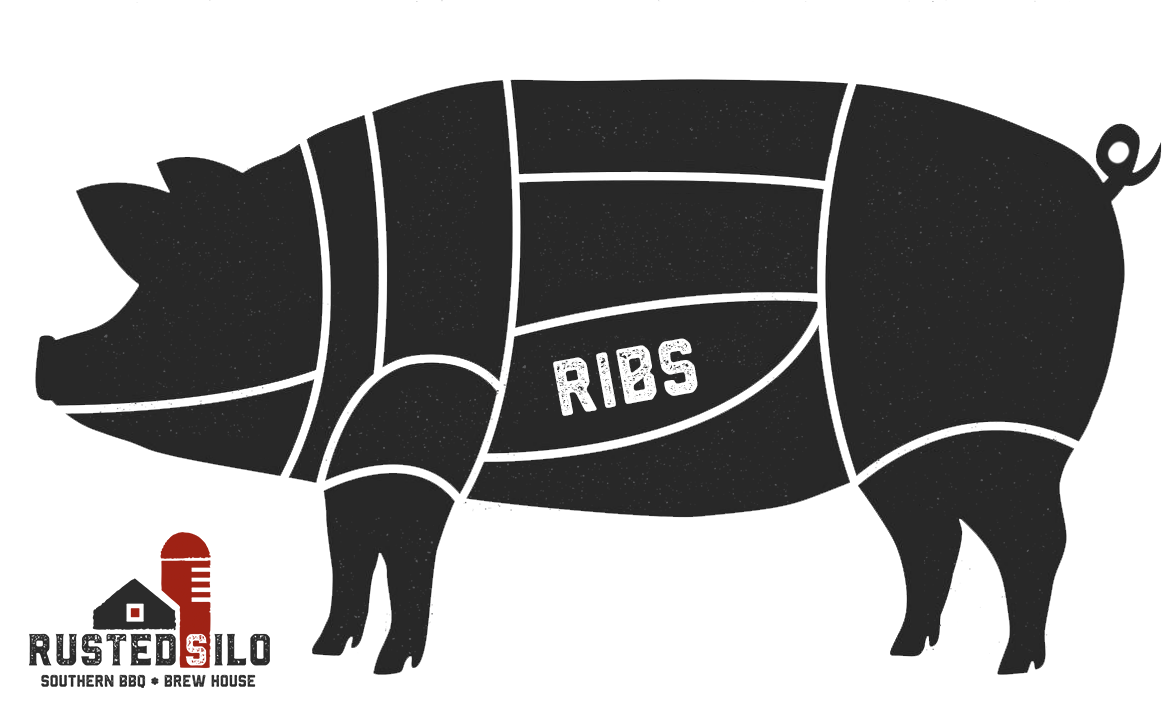
Baby back ribs (also back ribs or loin ribs) are taken from the top of the rib cage between the spine and the spare ribs, below the loin muscle. They have meat between the bones and on top of the bones, and are shorter, curved, and sometimes meatier than spare ribs. The rack is shorter at one end, due to the natural tapering of a pig's rib cage. The shortest bones are typically only about 3 in (7.6 cm) and the longest is usually about 6 in (15 cm), depending on the size of the hog. A pig side has 15 to 16 ribs (depending on the breed), but usually two or three are left on the shoulder when it is separated from the loin. A rack of back ribs contains a minimum of eight ribs (some may be trimmed if damaged), but can include up to 13 ribs, depending on how it has been prepared by the butcher.
Spare ribs, also called "spareribs" or "side ribs", are taken from the belly side of the rib cage, below the section of back ribs and above the sternum (breast bone). Spare ribs are flatter and contain more bone than meat, but more fat that can make the ribs more tender than back ribs. The term "spare ribs" is a Middle English corruption (via "sparrib") of "rippspeer", a Low German term that referred to racks of meat being roasted on a turning spit.
St. Louis style ribs (or St. Louis cut spare ribs) have had the sternum bone, cartilage, and rib tips (see below) removed. The shape is almost rectangular.
Kansas City style ribs are trimmed less closely than the St. Louis style ribs, and have the hard bone removed.
We're getting there! You got this!

Head
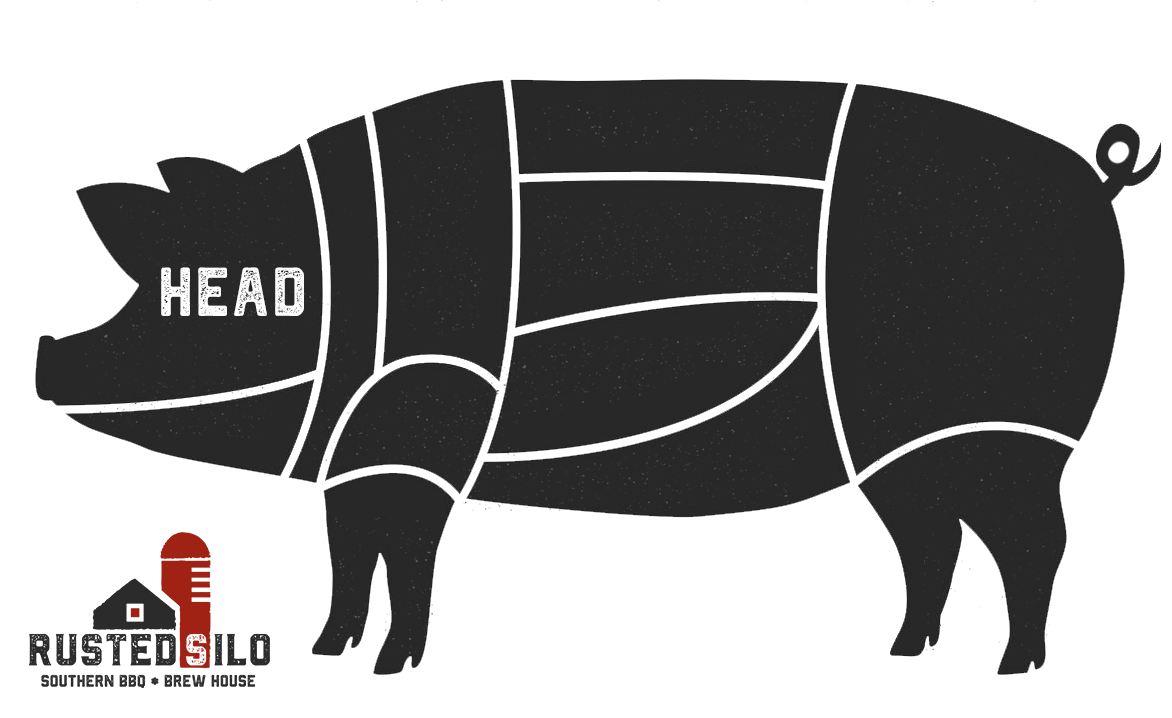
Fun Fact! The main use for pig heads in North America is the making of head cheese, a large sausage like item!
4 more to go! Almost done testing your pork knowledge!
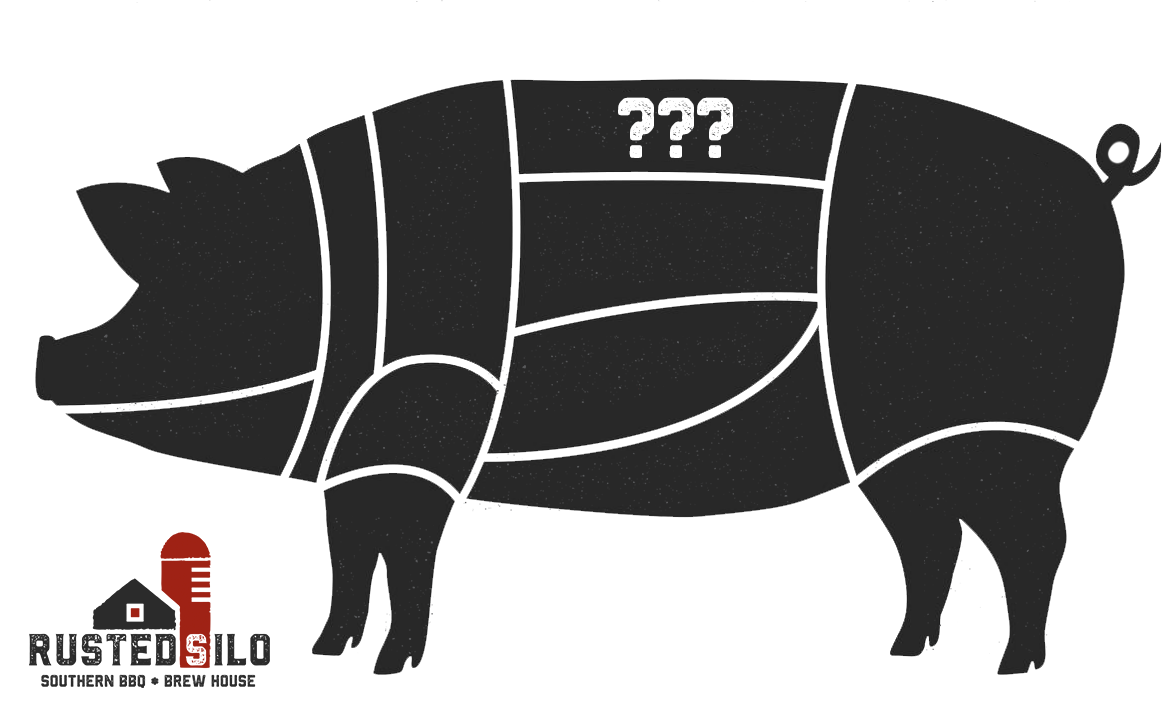
Back Fat

Fatback is a cut of meat from a domestic pig. It consists of the layer of adipose tissue (subcutaneous fat) under the skin of the back, with or without the skin (pork rind). Fatback is "hard fat", distinct from the visceral fat that occurs in the abdominal cavity and is called "soft fat" and leaf lard.
Like other types of pig fat, fatback may be rendered to make a high quality lard, and is one source of salt pork. Finely diced or coarsely ground fatback is an important ingredient in sausage making and in some meat dishes.
Fatback is an important element of traditional charcuterie. In several European cultures it is used to make specialty bacon. Containing no skeletal muscle, this bacon is a delicacy.
At one time fatback was Italy's basic cooking fat, especially in regions where olive trees are sparse or absent, but health concerns have reduced its popularity. However, it provides a rich, authentic flavour for the classic battuto – sautéed vegetables, herbs and flavourings – that forms the basis of many traditional dishes. Today, pancetta is often used instead.
In the home stretch! Pork Pork Pork Pork!
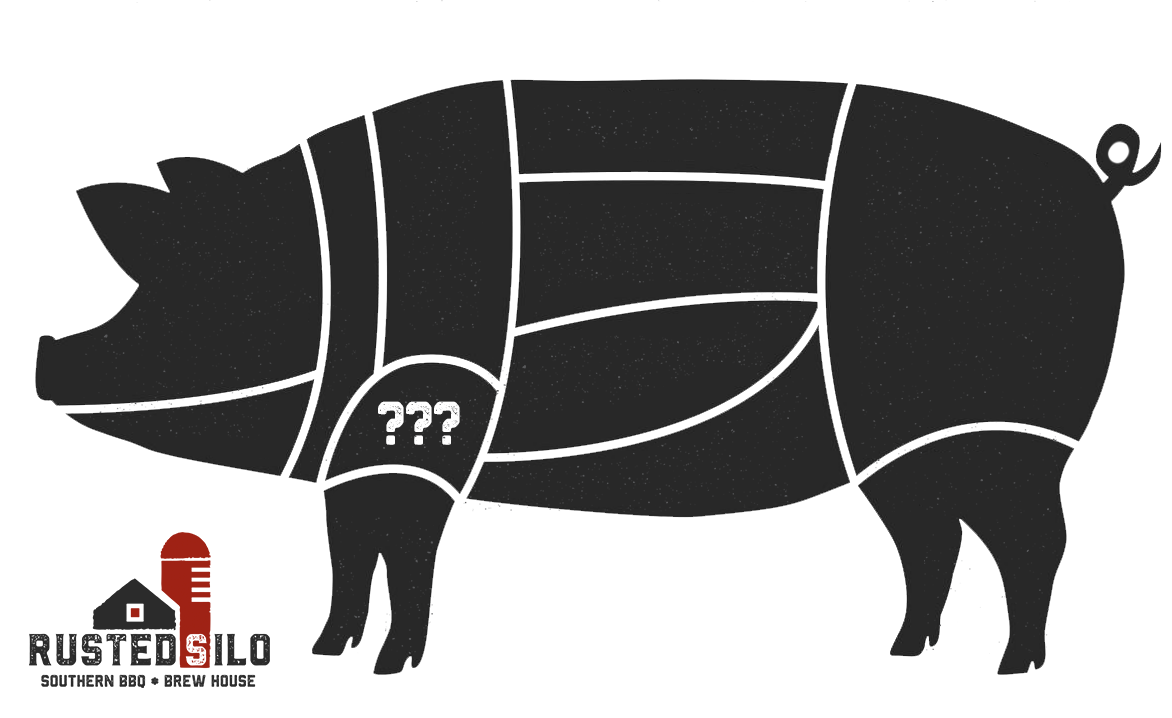
Picnic
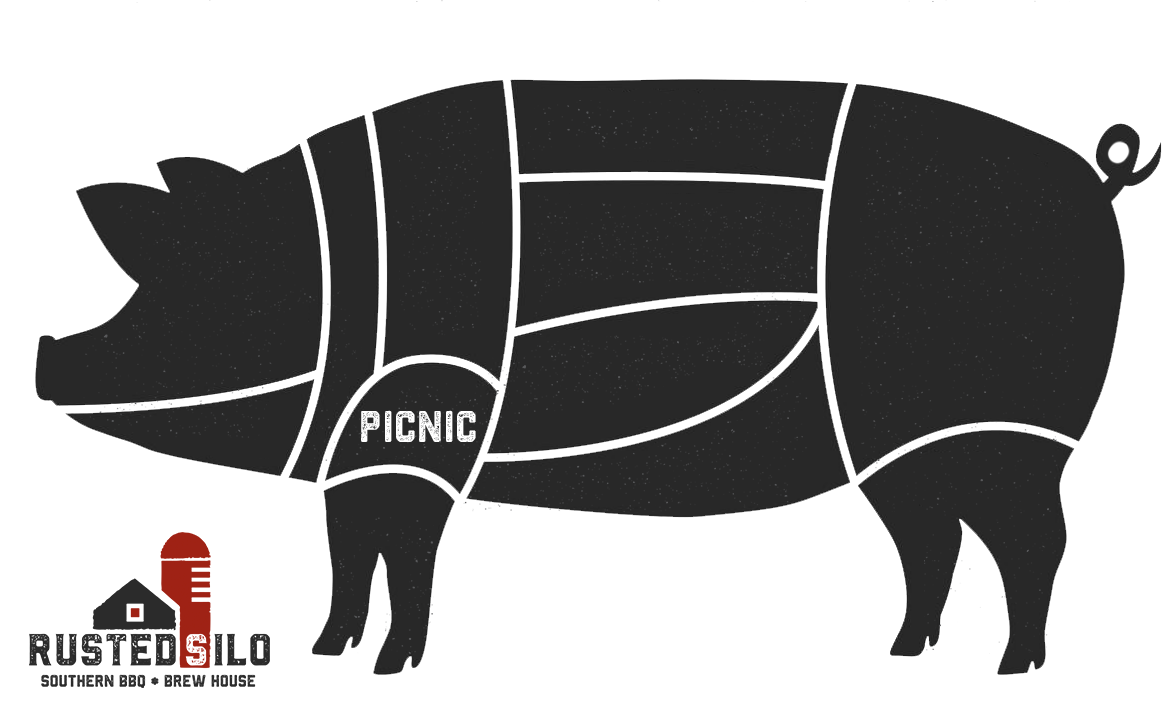
So what's the difference between picnic shoulder and pork shoulder? In short, not much. They are theoretically the same, with slight variations in how they are cut in different parts of the country. One can be substituted for the other in recipes without worry. Don't get too hung up on the confusing names of the meat. Depending on the region, there is also a "Boston butt" or a "picnic ham." Many styles and regional variations exist in butchery and in the respective naming of cuts, so when in doubt, ask your local butcher for specifics and be clear about what you are looking for. Butchers can help clarify and can also cut the meat or select a piece that is the exact size you need for your recipe or size of your crowd.
What do you call this?
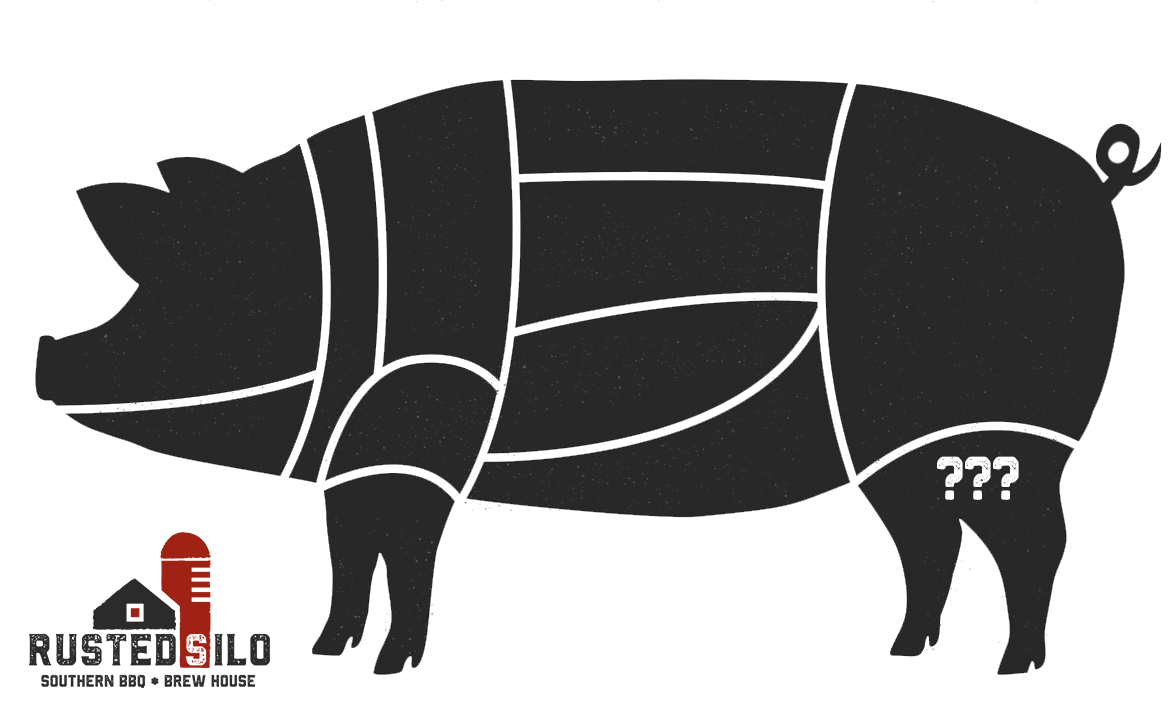
Hock!
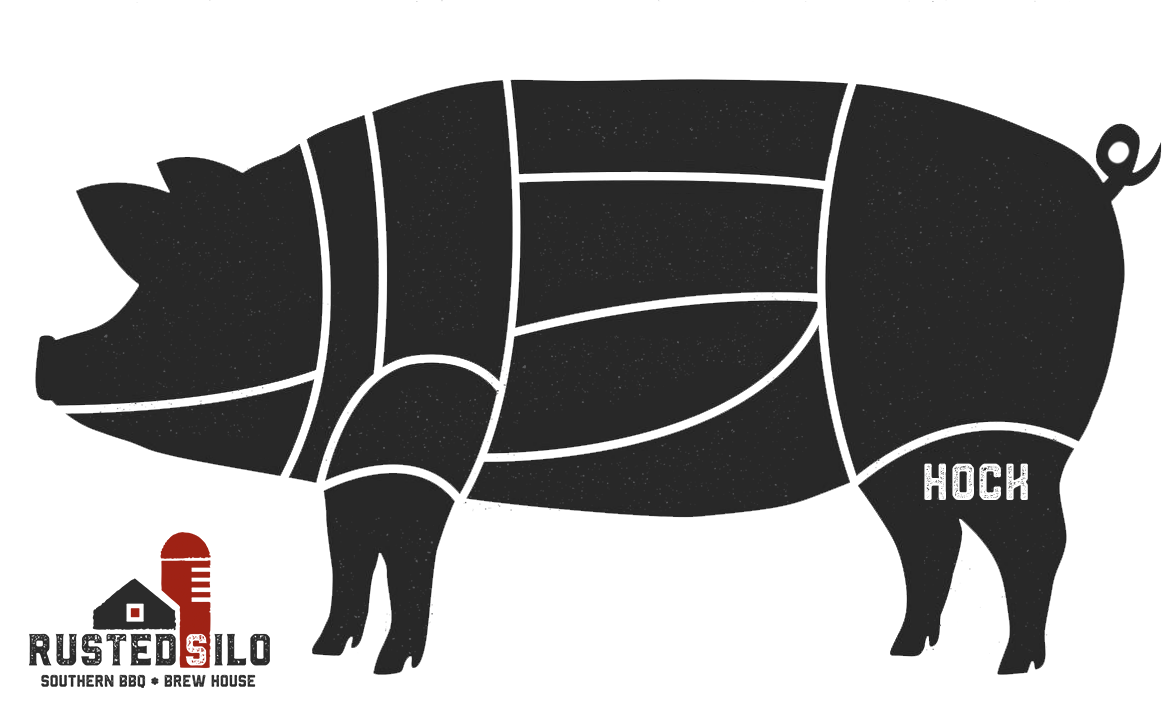
You know your pork if you got this right! If not "The more you know"!
Final Question! Here we go for the Pork Title!

Shoulder
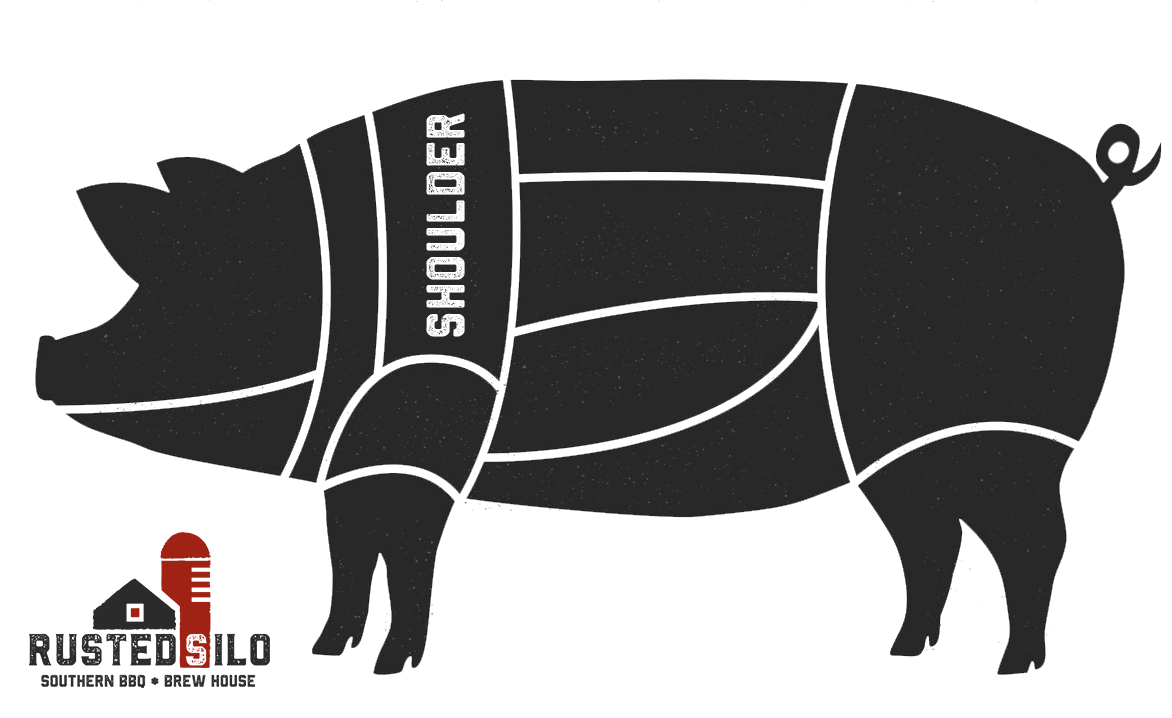
Above the front limbs and behind the head is the shoulder blade. It can be boned out and rolled up as a roasting joint, or cured as "collar bacon". Also known as spare rib roast and joint, it is not to be confused with the rack of spare ribs from the front belly. Pork butt, despite its name, is from the upper part of the shoulder. The Boston butt, or Boston-style shoulder cut, comes from this area and may contain the shoulder blade.
